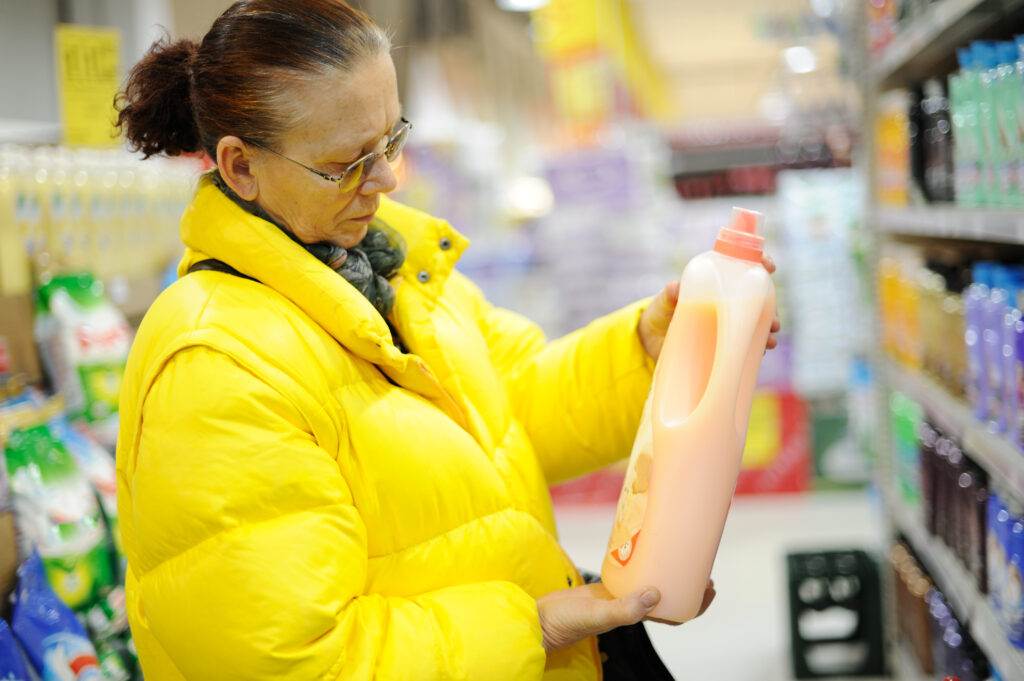Disinfectants are chemicals that kill or deactivate pathogens such as viruses, bacteria, fungi, and spores. They play a crucial role in preventing the spread of infectious diseases by eliminating microorganisms from surfaces. In recent years, there has been an increased focus on sanitizing surfaces to combat viruses and bacteria due to the COVID-19 pandemic. This article will discuss the importance of disinfection and deep cleaning in the fight against viruses and bacteria.
Introduction to Disinfection & Deep Cleaning
Disinfection is the process of killing or removing pathogenic microorganisms from a surface using a disinfectant. It involves applying a disinfectant solution to a surface and leaving it for a specific time period before wiping it off. Deep cleaning, on the other hand, involves thoroughly cleaning a space or object to remove dirt, grime, and germs. It usually requires more effort than regular cleaning and may involve the use of specialized equipment and products.
The Importance of Surface Sanitization
Surfaces can harbor a wide range of microorganisms including viruses and bacteria. These microorganisms can be transmitted through direct contact with contaminated surfaces or via air particles. Therefore, it’s essential to regularly sanitize surfaces to reduce the risk of cross-contamination. Properly sanitizing surfaces can help prevent the spread of infectious diseases, especially during times when there is an outbreak.
Common Areas for Disinfectant Application
There are several common areas where disinfectants should be applied to ensure effective sanitation. These include high-touch surfaces such as door knobs, countertops, faucets, light switches, telephones, computer keyboards, and bathroom fixtures. Additionally, floors, carpets, upholstered furniture, and fabrics should also be cleaned and sanitized regularly.
Best Practices for Effective Disinfection
To achieve effective disinfection, you need to follow best practices. First, choose the right disinfectant based on the type of surface being cleaned and the microorganism being targeted. Second, read and follow the manufacturer’s instructions carefully. Third, apply the disinfectant evenly over the entire surface and leave it for the recommended time period. Fourth, rinse or wipe off the disinfectant thoroughly to avoid residue buildup. Finally, dispose of any used materials properly.
In conclusion, disinfection and deep cleaning play a critical role in combatting viruses and bacteria. By following proper sanitation procedures and utilizing disinfectants effectively, we can minimize the spread of infectious diseases and promote better health.


